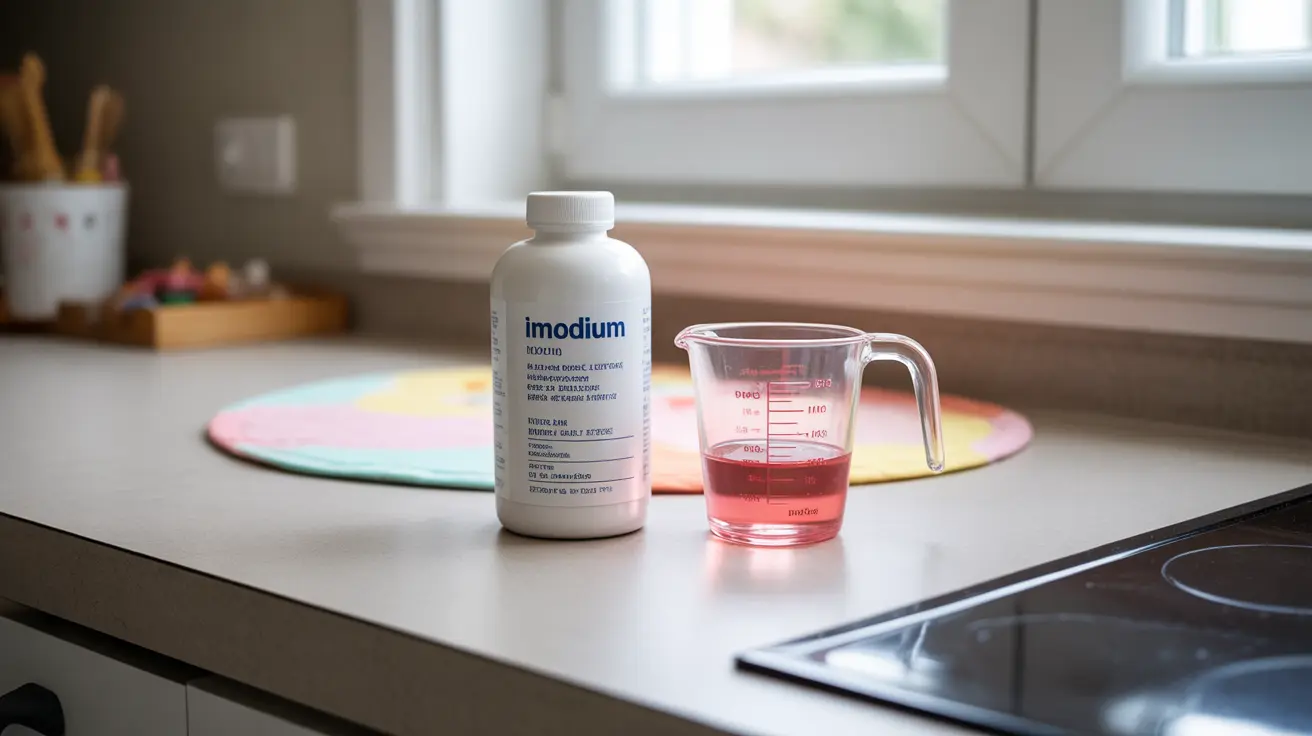When your toddler has diarrhea, it's natural to seek quick relief. While Imodium (loperamide) is a common anti-diarrheal medication, using it for young children requires careful consideration and proper medical guidance. This comprehensive guide will help you understand when and how to safely use Imodium for a 2-year-old, along with important precautions and alternatives.
Understanding Imodium and Its Use in Young Children
Imodium is an over-the-counter medication that works by slowing down bowel movements to reduce diarrhea. However, its use in young children must be approached with caution due to their developing digestive systems and potential risks of complications.
Age Restrictions and Safety Guidelines
The FDA and medical professionals have specific guidelines regarding Imodium use in young children:
- Only use under direct medical supervision for children under 6 years
- Never give Imodium to children under 2 years old
- Liquid formulation is preferred for young children
- Always follow exact dosing instructions from your healthcare provider
Proper Dosage for Young Children
The correct dosage of Imodium for children aged 2-5 years should always be determined by a healthcare provider, as it depends on several factors:
- Child's exact age and weight
- Severity of diarrhea
- Overall health condition
- Other medications being taken
Liquid Imodium Guidelines
When prescribed by a doctor, liquid Imodium is typically the safest form for young children. Your healthcare provider will specify:
- Exact amount per dose
- Frequency of doses
- Maximum daily dosage
- Duration of treatment
Warning Signs and When to Seek Medical Help
Instead of giving Imodium, contact your doctor immediately if your child shows any of these symptoms:
- Severe diarrhea lasting more than 24 hours
- Signs of dehydration
- Fever above 101.4°F (38.5°C)
- Blood in stool
- Severe abdominal pain
- Lethargy or unusual behavior
Alternative Treatment Options
Before considering Imodium, try these safer alternatives for managing diarrhea in toddlers:
- Oral rehydration solutions
- BRAT diet (Bananas, Rice, Applesauce, Toast)
- Proper hydration with clear fluids
- Probiotics (as recommended by your pediatrician)
- Rest and careful monitoring
Frequently Asked Questions
Is it safe to give Imodium to a 2-year-old child for diarrhea?
Imodium should only be given to a 2-year-old under direct medical supervision. It's not recommended as a first-line treatment for diarrhea in young children, and safer alternatives should be considered first.
What is the correct dosage of liquid Imodium for children aged 2 to 5 years?
The correct dosage must be determined by a healthcare provider based on the child's age, weight, and condition. Never attempt to calculate the dosage yourself, as incorrect amounts can be dangerous.
When should I avoid using Imodium in toddlers and when should I see a doctor instead?
Avoid Imodium and seek immediate medical attention if your child has bloody diarrhea, high fever, signs of dehydration, or severe abdominal pain. Also, consult a doctor if diarrhea persists for more than 24 hours.
What are the potential side effects of giving Imodium to a young child?
Potential side effects include constipation, drowsiness, dizziness, and in rare cases, serious complications like paralytic ileus. This is why medical supervision is crucial for young children taking Imodium.
Can Imodium capsules or tablets be given to children under 6 years old?
No, capsules and tablets are not recommended for children under 6 years old. If Imodium is prescribed, liquid formulation is the preferred method of administration for young children.




